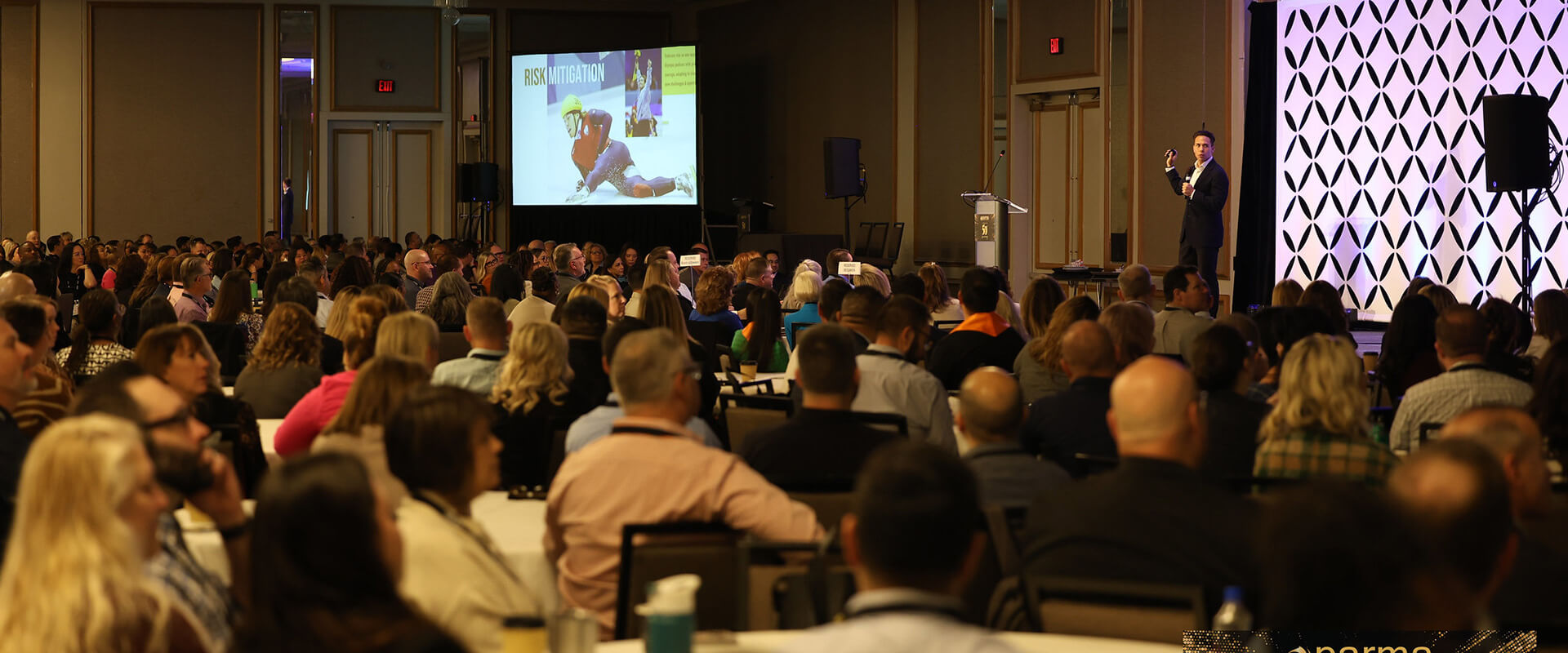(TNS) - Northern California communities hit by some of the worst wildfires the state has ever seen are now preparing for another kind of disaster: prolonged power shut-offs caused intentionally by Pacific Gas and Electric Co.
PG&E has used its aggressive new strategy to prevent its equipment from starting another fire only on one weekend so far this year. But the utility is poised to turn off the lights much more in the coming months as hot, dry and windy weather persists during the most dangerous part of wildfire season.
The impacts may be extreme and unprecedented, cutting entire cities off from the electric grid for several days in the worst-case scenarios. In those instances, stoplights and even cell phones could stop working properly, local officials say, snarling traffic and hamstringing residents’ ability to communicate.
(TNS) — After five years of drought, Santa Cruzans became familiar with ways to make their lawns “water wise.”
Now, city public safety officials are hoping to make residents “firewise,” as well.
Santa Cruz Fire Department officials on Wednesday recognized volunteers from the Prospect Heights neighborhood for their efforts to earn Santa Cruz County’s first National Fire Protection Association certification for a Firewise USA program participant.
(TNS) — The California coast grew and prospered during a remarkable moment in history when the sea was at its tamest.
But the mighty Pacific, unbeknownst to all, was nearing its final years of a calm but unusual cycle that had lulled dreaming settlers into a false sense of endless summer.
Elsewhere, Miami has been drowning, Louisiana shrinking, North Carolina’s beaches disappearing like a time lapse with no ending. While other regions grappled with destructive waves and rising seas, the West Coast for decades was spared by a rare confluence of favorable winds and cooler water. This “sea level rise suppression,” as scientists call it, went largely undetected. Blinded from the consequences of a warming planet, Californians kept building right to the water’s edge.
On a tower in the Brazilian rainforest, a sentinel scans the horizon for the first signs of fire.
Only these eyes aren’t human. They don’t blink or take breaks, and guided by artificial intelligence they can tell the difference between a dust cloud, an insect swarm and a plume of smoke that demands quick attention. In Brazil, the devices help keep mining giant Vale SA working, and protect trees for pulp and paper producer Suzano SA.
Oregon state lawmakers abandoned a multimillion-dollar project to develop early warning systems for earthquakes and wildfires, and scientists warn that the funding shake-up could endanger public safety and put Oregon further behind other West Coast states in preparing for natural disasters.
Researchers were shocked when nearly $12 million to expand ShakeAlert and AlertWildfire – early warning systems to help detect significant earthquakes and wildfires – unexpectedly went up in smoke last month, just days before the end of the legislative session. Money for the projects was included as part of a larger funding package, but was stripped in a last-minute amendment.
(TNS) - As California continues to grapple with heightened wildland fire risk, Santa Cruz — with less exposure to risk than some areas — is readying for its worst-case scenarios.
As a rule, late summer and early fall is when fire response statewide and across jurisdictional borders tends to be hard and fast — stopping the conflagrations before they have time to take hold, according to Santa Cruz Fire Chief Jason Hajduk. Leading up to the fire season, however, the city has been doing extensive preventative work, creating “defensible space” that can stop a spreading fire in its tracks.
The California Occupational Safety and Health Standards Board has adopted an emergency regulation designed to protect workers from hazards associated with wildfire smoke.
The regulation is expected to go into effect in early August and be effective for one year. It applies to workplaces where the current Air Quality Index for airborne particulate matter is 151 or greater, and where employers should reasonably anticipate that employees could be exposed to wildfire smoke.
(TNS) — More than 500,000 people have downloaded Los Angeles County’s new ShakeAlertLA app to warn them of impending earthquakes.
So when the two strongest earthquakes in almost two decades hit Southern California this month, those residents were surprised by what they saw on their smartphones: nothing.
Officials were quick to explain to outraged app users that the shaking in the county wasn’t strong enough to trigger an alert.
As the nation’s most far-reaching data privacy law, California Consumer Privacy Act (CCPA), is set to begin Jan. 1, 2020, businesses and their insurers are preparing for a new era in cyber liability.
Anxiety is on the rise and a sense of urgency has set in for Robert L. Wallan’s clients. Wallan, a partner in Pillsbury Winthrop Shaw Pittman LLP in Los Angeles, Calif., handles class actions, insurance recovery and business-related litigation.
In early May, the city of Baltimore was struck by a ransomware attack that completely crippled the city’s computer networks and online services. Five weeks after the attack, the city was only able to restore one third of employees’ emails and the city’s billing system for water services was still offline. By July, email access for employees was finally restored, according to the Baltimore Sun, but the city’s email archive was still not accessible. Experts estimate that the Baltimore ransomware attack will cost the city approximately $18 million to restore all systems, yet the perpetrators of the attack demanded just $80,000 in cryptocurrency.
While Baltimore continues to make headlines, smaller cities and government agencies are also generating news about ransomware attacks. Three additional cities in Florida have been attacked and two of them — Lake City and Riviera Beach — agreed to pay the ransom, ranging from U.S. $500,000 to $600,000.










